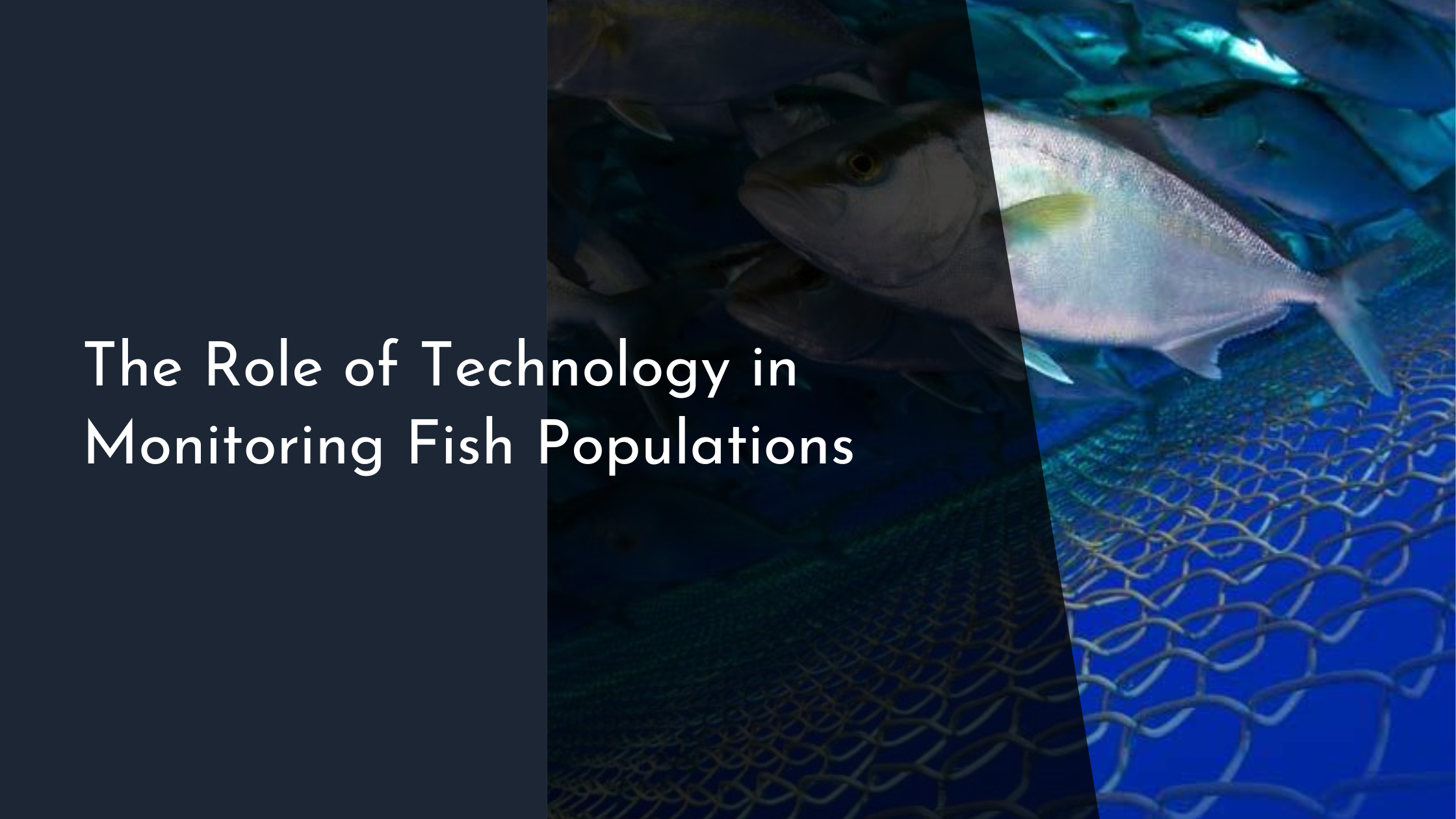The Role of Technology in Monitoring Fish Populations
In recent decades, the intersection of technology and marine biology has opened up new avenues for conserving and managing fish populations. With oceans covering more than 70% of the Earth’s surface, monitoring their vastness presents unique challenges. Fortunately, technological advancements are beginning to transform how we understand and protect these aquatic ecosystems. From satellite imaging to acoustic technologies, these tools are providing unprecedented insights into the underwater world, aiding scientists and policymakers in making informed decisions about fisheries management.
Innovative Tools Transforming Fisheries Research
The realm of fisheries research has seen a revolutionary transformation with the advent of advanced technological tools. Traditional methods of studying fish populations, which often involved labor-intensive and time-consuming fieldwork, are being augmented by innovative technologies that offer real-time data and broader geographical coverage. Autonomous underwater vehicles (AUVs), for instance, are equipped with various sensors that can collect data on water temperature, salinity, and other crucial environmental factors, all while capturing high-resolution imagery of marine life. Such data is invaluable in understanding fish behavior, migration patterns, and habitat use, ultimately helping in devising effective conservation strategies.
Moreover, genetic technologies like environmental DNA (eDNA) analysis are opening new frontiers in fisheries research. By collecting water samples, scientists can extract DNA traces left by fish and other marine organisms, providing insights into species diversity and population abundance without the need for direct observation. This non-invasive method is particularly useful for studying elusive or endangered species, allowing scientists to monitor ecosystems with minimal human impact. These innovative tools not only save time and resources but also enhance the accuracy and scope of marine research, making them indispensable in the quest to preserve our oceans.
Satellite Imaging: A Bird’s Eye View of Oceans
Satellite imaging has revolutionized the way scientists monitor oceanic environments, providing a comprehensive, bird’s eye view of marine ecosystems. This technology enables researchers to assess large areas of the ocean at once, offering valuable data on sea surface temperatures, chlorophyll concentration, and ocean currents. Such information is crucial for understanding the complex dynamics of marine ecosystems and predicting changes in fish populations. By observing these parameters, scientists can make informed predictions about the movement of fish stocks and potential impacts of climate change.
The integration of satellite imaging with other data sources, such as AUVs and eDNA analysis, further enhances the comprehensiveness of marine monitoring. For instance, satellite data can help identify areas with high phytoplankton concentrations—a primary food source for many fish species. By correlating this data with fish population studies, researchers can better understand the factors influencing fish distribution and abundance. This holistic approach to monitoring not only aids in effective fisheries management but also supports the sustainability of marine resources for future generations.
Acoustic Technologies: Listening to the Seas
Acoustic technologies have become an integral part of marine monitoring, allowing scientists to “listen” to the underwater world and gather valuable information about fish populations. Echo sounders and sonar systems are commonly used to detect and quantify fish schools, providing data on their abundance and distribution. These systems emit sound waves that travel through the water, reflecting off fish and other objects, which are then captured and analyzed to infer the presence and density of marine life. This method is particularly effective in monitoring deep-sea environments, where traditional observation is often impractical.
Passive acoustic monitoring (PAM) systems further expand the capabilities of acoustic technologies by recording the natural sounds of the marine environment. These systems can detect the vocalizations of fish and other marine organisms, helping researchers identify species-specific behaviors and population dynamics. By analyzing these acoustic signatures, scientists can gain insights into spawning events, migration patterns, and even the impact of human activities, such as shipping and industrial noise, on marine ecosystems. The application of acoustic technologies, therefore, offers a non-invasive and efficient means to monitor and conserve fish populations, ensuring the health and resilience of oceanic habitats.
As technology continues to advance, the future of marine monitoring looks promising. The integration of satellite imaging, acoustic technologies, and innovative research tools is revolutionizing our understanding of fish populations and their ecosystems. These developments not only enhance our ability to conserve marine resources but also empower scientists and policymakers to make informed decisions that balance ecological preservation with human needs. Embracing these technological innovations will undoubtedly play a crucial role in safeguarding the rich biodiversity of our oceans for generations to come.

